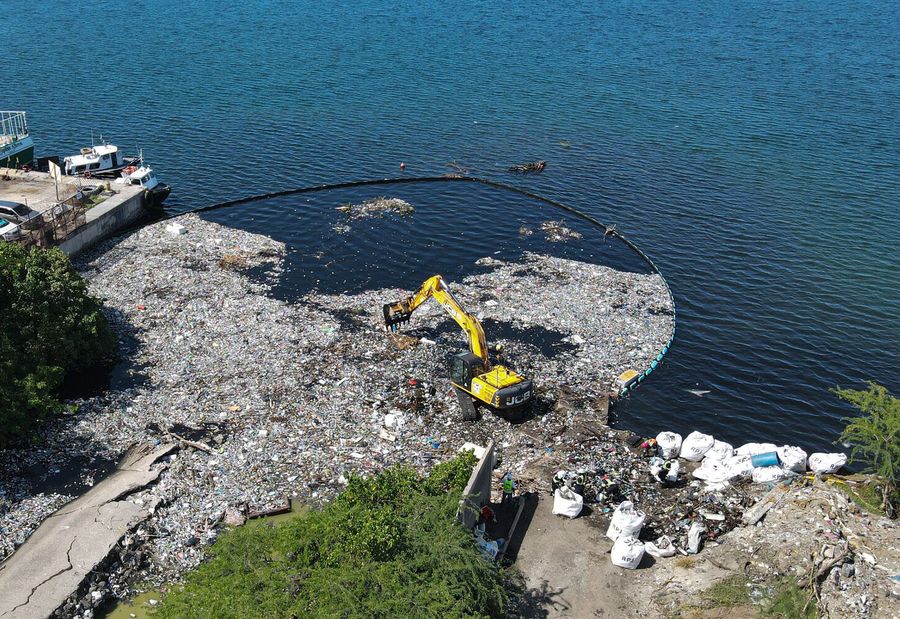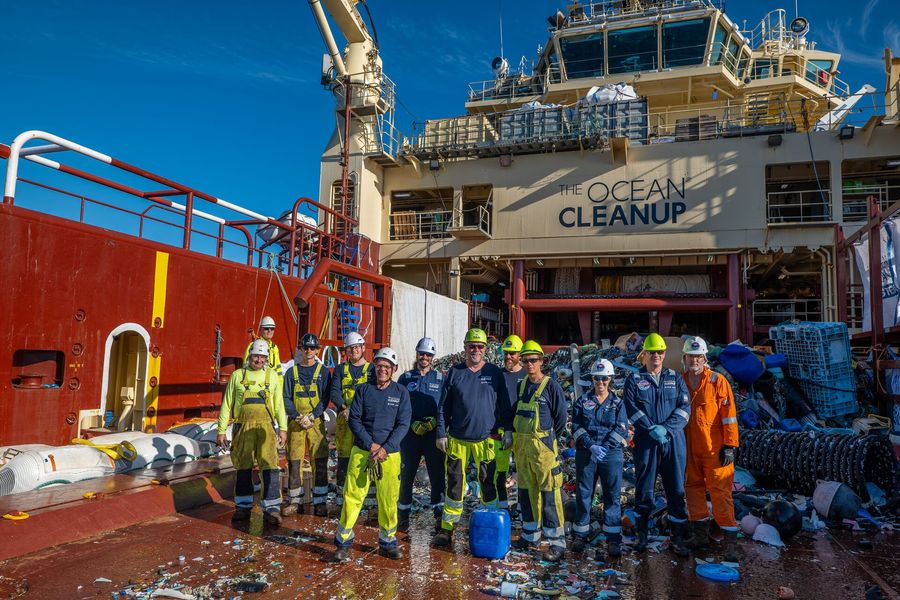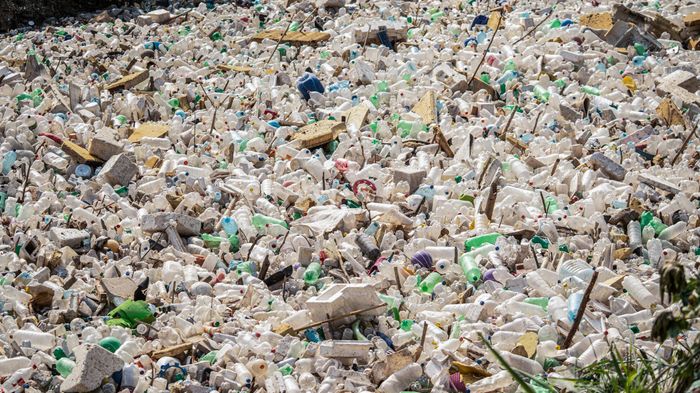
Global Plastics Treaty: Why Legacy Plastic Cleanup Is Essential
Back to updatesNegotiations on a Global Plastics Treaty continue this week in Ottawa, Canada. The Ocean Cleanup hopes for an ambitious treaty which addresses plastic pollution throughout its whole lifecycle, including legacy plastic already in the marine environment – from rivers, beaches and coastlines all the way to the Great Pacific Garbage Patch.
This week representatives from states, international organizations, major corporations, campaign groups and industry leaders – as well as The Ocean Cleanup – will gather for INC4: the fourth (of five) meetings to agree on an UN Global Plastics Treaty which could be transformational for our oceans.
#INC4 is starting now in Ottawa, Canada! Tune into @UNWebTV to watch live coverage in the six official @UN languages.
Don’t miss this pivotal moment in the fight to #BeatPlasticPollution: https://t.co/u2HJg6Geqd pic.twitter.com/EHl279SBZL
— UN Environment Programme (@UNEP) April 23, 2024
The mission of The Ocean Cleanup is to rid the oceans of plastic, and we fully support all efforts towards a treaty which can accelerate this process. Our scientists and researchers have contributed data and learnings throughout the negotiations and our official ECOSOC Observer status allows us to actively contribute to the development of the treaty by sharing our knowledge and experience.
We focus on cleaning up ‘legacy’ plastics – plastic debris which is already polluting the environment. There are already millions of tons of legacy plastics in oceans and rivers. Until these are cleaned up, our oceans can never be free of plastic, no matter what efforts are made upstream and midstream.
To be effective, the Global Plastics Treaty must cover the entire lifecycle of plastic pollution, and this means providing for cleanup of legacy plastic pollution already in the marine environment.
LEGACY PLASTICS AND GARBAGE PATCHES
Plastic pollution has a global impact, and so the treaty’s solutions must be global to match. Huge accumulations of floating legacy plastics, such as the Great Pacific Garbage Patch (or GPGP) and the other garbage patches around the world, can cause serious and lasting damage to marine life and the ocean environment, and potentially to human health.
Legacy plastics become more harmful the longer they are at sea. Plastic objects in the GPGP can persist indefinitely and will never go away unless they are cleaned up. These plastics continuously threaten a host of marine species while also degrading into microplastics and posing a new range of threats at the microscopic level. These accumulations of legacy plastics are an urgent and growing crisis and must be cleaned up.
To solve ocean plastic pollution in all parts of the world, and protect the marine environment from growing and urgent harm, it is crucial that legacy plastic cleanup forms part of the treaty.
SHARED RESPONSIBILITY
The GPGP contains an estimated 100,000 tons of plastic and covers an area twice the size of Texas, or three times the size of Thailand or France. It is the largest accumulation of floating plastic on Earth, and lies in international waters, beyond national jurisdiction. This means, unlike rivers or coastal seas, that no country currently has the responsibility to clean it up.
The Ocean Cleanup is the only organization cleaning the GPGP at scale. Cleaning up such a massive area is not easy, and is only possible using innovative and scalable technology – such as our currently operating solution in the North Pacific, System 03. We captured our first plastic in the GPGP in 2019 and have so far removed over 350,000 kg of plastic from the ocean. We are now optimizing System 03 and planning to scale up and clean the entire GPGP and later the other garbage patches around the world.
Voir cette publication sur Instagram
Cleanup (or ‘remediation’ as is used in the treaty) of these accumulation zones is a huge and costly challenge, and as a non-profit project we are entirely dependent on the support of donors and partners to maintain our operations and keep cleaning up.
This treaty can confirm global support for removing legacy plastic from our oceans. The world’s garbage patches all lie beyond national jurisdiction and cannot be eliminated through upstream measures alone: it is vital that cleanup in areas beyond national jurisdiction such as the GPGP forms part of the treaty’s objectives and provisions.
GLOBAL RIVER MONITORING: MEASURING SUCCESS
Legacy plastic persists in rivers too, and in fact the majority of plastic pollution arrives into the ocean via rivers. Our Interceptors are deployed in highly polluting rivers around the world – not only preventing millions of kilograms of trash flowing into the oceans, but also collecting valuable pollution data. We also have dedicated monitoring research projects in rivers around the world. This monitoring helps establish pollution baselines telling us how bad the situation is right now and better understand the problem.
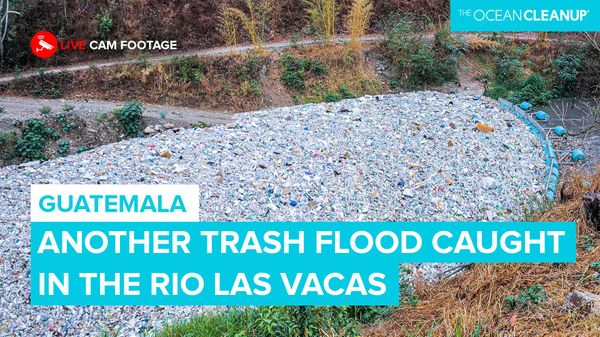
It is vital that the treaty sets clear targets and milestones to end plastic pollution. But how to measure global progress in meeting the treaty objectives? We can do this by combining interception and monitoring. Intercepting plastic in rivers not only provides a low-cost and immediate cut in plastic emissions to the oceans – it also provides us with data-based insights into the success (or failure) of midstream and upstream policies.
This monitoring will allow governments to answer the key questions: are our anti-pollution measures working? Do new initiatives really make an impact on levels of plastic in the environment? Global river monitoring is an optimal way to answer these questions and measure the effectiveness of the treaty.
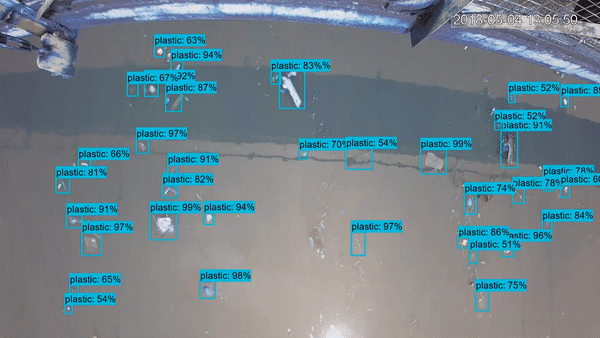
PROVEN SOLUTIONS FOR A WORLDWIDE CHALLENGE
Plastic pollution is no longer an inevitable, unsolvable problem. Through innovation, experimentation and years of field experience, The Ocean Cleanup has shown that technological solutions to plastic pollution exist, and they work. For the first time, humanity has the chance to use our combined ingenuity to solve a planetary problem. It is vital that we take every opportunity to do so.
INC4 is the penultimate negotiating session in this series, with the final session coming at INC5 in Busan, Korea in November 2024. The Ocean Cleanup will continue to contribute our scientific expertise, our monitoring techniques and findings, and our learnings on innovating new and potentially transformational solutions to plastic pollution in oceans and rivers.
A comprehensive Global Plastics Treaty must address the entire life-cycle of plastic: from production, to use, to disposal. It is encouraging that the draft treaty text contains references to remediation and we hope this will carry through to the final text.
To truly achieve its goals the treaty must ensure that cleanup and monitoring of legacy plastic pollution in the marine environment is included – and that means everywhere, from rivers to coastal waters and including areas on the high seas, beyond national jurisdiction. By working together and combining our solutions, the world may never have a better chance to rid the oceans of plastic.
Representatives of The Ocean Cleanup will be attending INC4 in Ottawa, Canada from 23-29 April 2024. To contact the team in Ottawa or to learn more please contact globalaffairs@theoceancleanup.com


